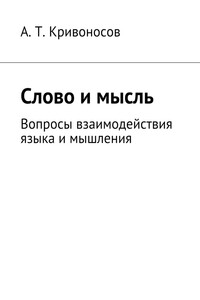If one of the stand-by causes persists beyond a given time the device automatically starts decreasing the load, beginning from stand-by position and persists until its determining cause disappears. The decrease may occur according to two adjustable speeds which are automatically selected by the programme as a function of the seriousness of the fault.
The following are some, of the anomalous conditions which determine the limiting and safety functions described above: fresh cooling water high temperature at ttie outlet of each cylinder; cylinder exhaust gas high temperature versus average value; cylinder exhaust gas mean temperature;
thrust bearing, journal bearing, stern tube bearing, crosshead bearing, and big end bearing high temperatures;
cylinder average high temperature, piston cooling fluid low flow rate;
engine luboil high temperature;
fuel injectors cooling fluid flow failure.
If any of the above variables, in particular bearing temperature and luboil pressure, reach exceptionally critical values, RPM reduction is converted to an engine lockout.
Shield push-buttons are provided both on Bridge and ECR. By means of these push-buttons some safety and protection facilities may be excluded (RPM reduction, torque limitation, acceleration gradient, engine power manual limitation).
If a “crash stop” is affected in this condition, the admission of starting air takes place at a number of RPM’s higher than required for normal reversal and the RPM set-point, as well as positioning limit of the fuel oil lever are automatically brought to a third emergency level.
If said emergency starting RPM’s are not reached within a certain limit, the air valves close and a starting failure alarm is displayed.
To repeat the “crash, stop” operation, the operator must reset the engine telegraph on STOP position and then set the desired number of RPM’s.
C
Digital Computer Integrated Automation Systems Digital Computer Applications
Automation and control systems can be conveniently integrated with minicomputer digital processors. Interface units apt to handle all inputs and outputs problems from the process to the computer (Fig. 9) are available, depending on the type of solution contemplated.
|
| Fig. 9, Process of the computer |
There are such applications of minicomputers as:
Supervision of plant operating data with alarm recording, data logging and process monitoring of the process.
On demand digital display of plant variables.
Event recording: print out of the various plant variables on occurrence of an event, with the chronological history of groups of events in their exact sequence.
Recording of the value of the various plant variables in the time intervals preceeding the occurrence of a fault condition.
Trend recording: recording of the tendency of a variable to exceed set-point value over a short and medium term.
Recording of the maximum off-normal drift of a variable from threshold value.
Sequence control: for groups of variables.
Optimization of complex automation systems with set-point value correction by the computer.
Plant efficiency and performance calculations.
Operator guide: processing of the data collected by comparison with the optimum memorized operating program in order to furnish guidance to the operator.
Information storage: collection of data relating to plant operation. Formulation of consents and locks based on complex programs including non-linear functions of plant parameters.
Data communication: local processing of the variables by the peripheral microcomputers with data transmission to the centra! microcomputer. Microcomputer. The microcomputer is a control unit with extremely flexible program; modern electronic technology lias made this facility available for application in the solution of control problems which heretofore had to be handled by wired logic or relay logic.
Easily expandable high speed programs include complex arithmetic and logic operations.
The microcomputer itself comes as a conventional electronic unit mounted on standard racks apt to contain several plug-in type modules. The following modules are fitted in the standard rack:


